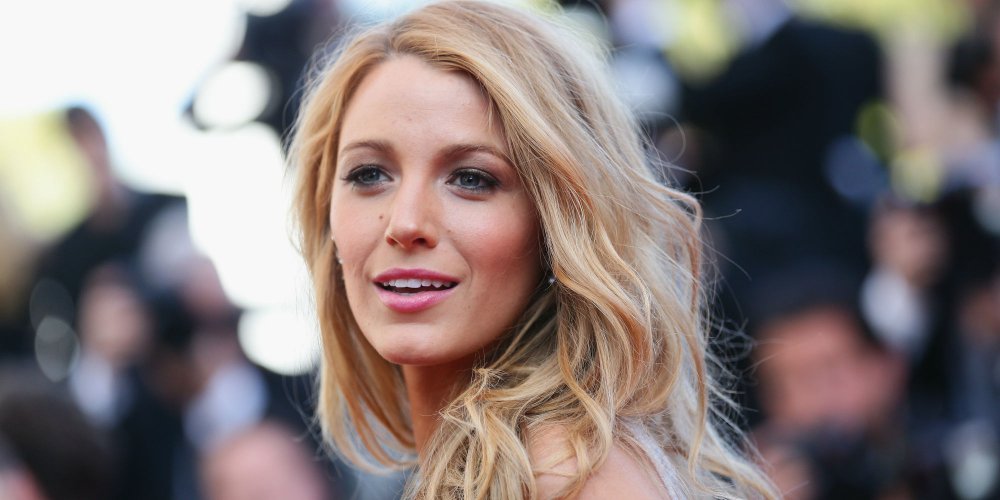More natural than a classic coloration, when you want to change your hair color gently or boost the reflections of your hair, sweeping is the ideal option.
What is sweeping?
The principle is simple: thanks to a skilful work of wicks, some clearer, others darker, the colorist brings by an effect of trompe the eye of the shades to the hair and a maximum of reflections.
The sweep is for whom?
No matter our hair color, natural or colored, blonde, brown or red hair: the sweep adapts to everyone.
Before launching, one does not hesitate to ask the advice of a hairdresser visagiste or a colourist who will explain precisely which sweep will best the color, the haircut and the shape of the face in value.
The main advantage of a scan? It requires much less care than a conventional coloration, because the roots will be less visible.
The different scanning methods
- A very localized flash of light
Want to highlight a specific part of your hair? Go for the flash scanning technique . It aims to lighten some strands, to bring a touch of light very localized on your hair, like the flash of a camera. A flash scan on a straight fringe will give for example the impression that it is illuminated by a spotlight. Guaranteed professional effect!
- The highlight, an illumination by small touches
In English, the word highlight means highlighting. Highlight scanning will allow you to highlight your color by adding touches of light. It is also widely used to cover the appearance of first white hair. On straight hair, sweeping will give volume to the hair. And a little more depth to curly hair.
- The most visible, full sweep
- Wicks to create a real contrast
For those who want a visible effect, it is better to opt for wicks rather than a sweep. They are made either in the open air and with a brush, or with curlers. Their effect is much more contrasted than the sweeping, with a real difference between your natural color and that chosen for the locks. It is also the ideal solution for short hair.
- The gloss, for a maximum of gloss
What you want for your hair is shine. So that your sweep illuminates with a thousand lights, such as a diamond, test the varnished effect or gloss. It makes it possible to unify your basic color giving it nice reflections very luminous. Semi-permanent, the sweep performed with hair gloss fades after a few shampoos. It is therefore the ideal solution to test new colors, without fear of the result.
Ombré hair, tie and dye, sombré hair ... Derivatives of the sweep
Very trendy in recent years, sweeps tie and dye, shaded hair and sullied hair are in high demand in hairdressers. The technical point by technique:
- Tie and dye : the lengths are discolored so that the tips are much brighter than the roots (much like a coloring that would not have been remade for months but also worked).
- Umbré hair: it is a gradient of three different colors. The roots are dark, the lengths are colored with an intermediate color and the tips are brighter.
- Stained hair : the base color is thinned with a discrete and melted finish that give the illusion - perfect - of a natural lightening.
- Reversed sweep : only the locks are thinned. The goal ? Accentuate the shade or light according to her day's hairstyle and create contrasts.
For a sweep - classic or derivative - successful, it is very important not to choose a uniform color. It is by mixing several tones that a sweep is obtained which gives the illusion of a natural color.


